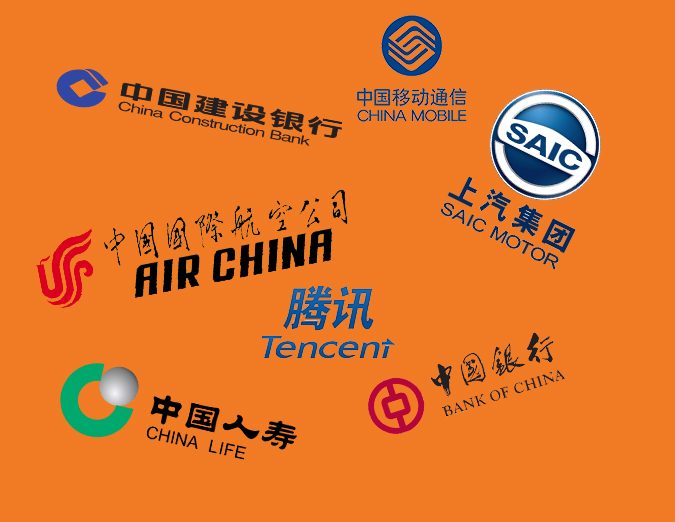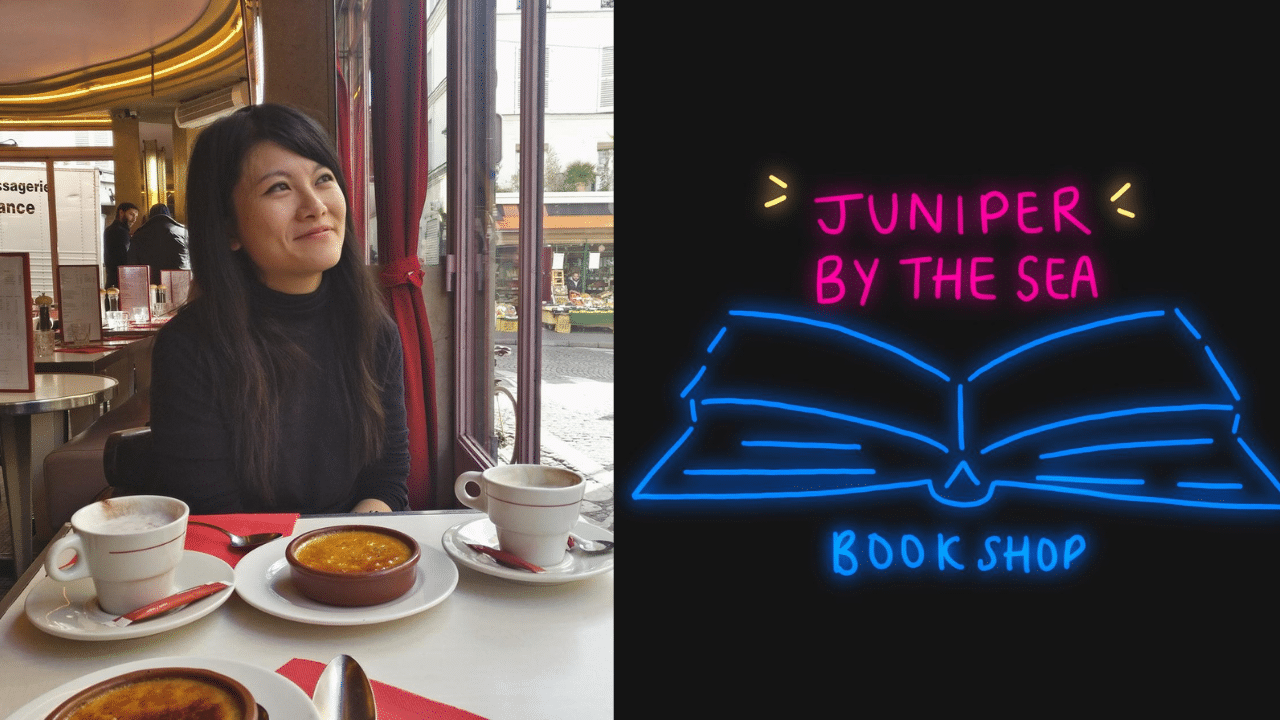Branding is an integral component in the success of any company. Just as a picture is worth a thousand words, a logo speaks volumes about its company. Get it wrong and it’s game over from the get-go.
To be successful in the international market, companies build their brands around the 26 letters of the English alphabet. Some companies have icons to supplement their logos, but ultimately, letters will be used to spell out their company’s name. This makes sense, considering the biggest brands were conceived in the west in the first place; Nike, Apple, Adidas, BMW, to name a few.
So what about countries who don’t use the alphabet? Often companies from these countries adopt the alphabet the market their brand. Japanese brands such as Sony, Nissan and Toyota do this. As do Korean brands such as Samsung and Kia. Now, what’s fascinating about these Asian brands is that not only do they adopt the alphabet, but they also drop their own language’s counterpart. Think about it, when was the last time you saw the Japanese characters next to Sony, Nissan and Toyota or the Korean characters next to Samsung and Kia? Unless you resided in these respective countries, you most likely won’t have ever seen them. Additionally, these companies’ products don’t sport names with their Japanese or Korean characters, even in their own countries. A Toyota Aygo in Japan literally has the letters ‘AYGO’ bolted on its rear end and Playstation 4s in Japan sport the acronym ‘PS4’, not Japanese characters. The same goes for Korean brands. Samsung mobile phones in Korea have the letters SAMSUNG imprinted underneath their earpieces and their flagship S7 Edge is still marketed as the S7 Edge.
So why is this the case? The most obvious reason for Japanese and Korean brands to adhere to the Western alphabet in their marketing is that their products become instantly more marketable to the rest of the world. From Brits to Australians, to the French to the Swiss, these brands seem much more appealing than a brand that only houses Asian characters, simply because we can pronounce them by reading them. We might not know what Samsung means, but we sure as hell can pronounce it and thus can talk about it.
So why not have both letters and Asian characters? Perhaps this is avoided because people feel less accommodated by brands that sport a text that is unfamiliar to them. People feel instantly distant and excluded because the text in front of them is clearly not intended for them. Perhaps this is why the Japanese and Koreans refrain from using both their homeland characters as well as the English alphabet.
This leads us on nicely to discussing Chinese branding. Unlike the Japanese and Koreans, many Chinese brands not only sport Chinese characters but also prioritise them over their English counterparts. The Bank Of China logo has Chinese characters stylishly written in an almost scripture-like font as their main logo, with the letters ‘BANK OF CHINA’ sitting underneath it in a boring and ordinary font. The same rings true for all of the other Chinese banks that have branches outside of China. Arguably, this makes sense, as these banks probably are just accommodating for Chinese people. However, companies such as Air China, which should be accommodating for everyone, still put more effort into the style of their characters rather than their alphabet-based text, which although sits above its character-based counterpart, appears dull and dry in comparison.
Many culturists who maintain the importance of preserving ones culture will argue that Chinese companies that maintain its own language for its branding is a good thing. To a large extent, cultures around the world should not have to succumb to the ways of the west in any manner. Additionally, sporting a foreign language as well as the western alphabet does not necessarily result in branding suicide. Emirates, which is one of the world’s biggest companies, proudly sports its Arabic name in its logo and still enjoys its success in the international market. However, even Emirates prioritises its letters over its Arabic; their fuselages only sport the company’s letters.
As China immerses itself more into the international market with its extraordinary surplus of exports, it will be interesting to see which approach Chinese brands will take. Many Chinese brands have thus far soley focused on marketing towards domestic citizens, so when faced with the rest of the world, these companies may have to reshape their branding methods to accommodate the international market. In a market where companies are more interested in competition rather than cultural preservation, Chinese brands may have to ditch their Chinese characters, or at it the very least, switch their branding focus towards a more alphabet-centric one.









